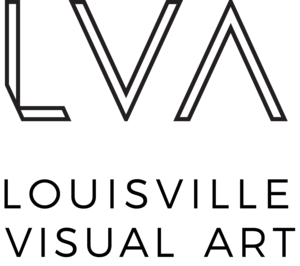“Art enables us to finds ourselves. As an artist I try to interpret what I have seen in hope that others can see my vision.” — Barb McDevitt
"TAJI" by Barb McDevitt, 16x20in, pastel (2016) $700 | BUY NOW
Although she paints plein aire, Barb McDevitt also finds old architecture quite compelling. She sees the survival of venerable buildings from the past as inspirational, discovering the rich, earthy color of the brick, or the originally bright, albeit now somewhat dimmed colors of the signage and storefronts among the more modern buildings in the city.
“The TAJ was an old building bought back to life again,” says McDevitt. “I wanted to capture that rebirth. Conversely, The Phoenix Hill Tavern was a place of good times for many generations only to suffer a death by way of retirement. There is irony in the idea that a building with that name would not be born again from the ashes.”
These prosaic images tie present and past together in simple, honest, terms, but visual motifs are always loaded with more than the surface meaning; memory, history, and the passing of an age are at all at work in these paintings because those aspects are important to McDevitt. In her own way, like many other artist, she is a local historian and preservationist.
Hometown: Louisville, Kentucky
Education: BA, Graphic Arts, University of Louisvill
Gallery Representative: Jane Morgan Gallery, Framer’s Express (Louisville)
Website: http://barbamcdevitt.webs.com/
"Spring Floyds Fork" by Barb McDevitt, 14x11in, pastel (2015) $350 | BUY NOW
"Coffee Talk" by Barb McDevitt, 12x16in, pastel (2016) $500 | BUY NOW
"The Death of the Phoenix" by Barb McDevitt, 20x16in, pastel (2016) $700 | BUY NOW
Written by Keith Waits. Entire contents copyright © 2017 Louisville Visual Art. All rights reserved.
Are you interested in being on Artebella? Click here to learn more.


















![“Little Bird” by Britany Baker, 8x8in, oil on canvas (2016) NFS - Sold at last years art[squared] event.](https://images.squarespace-cdn.com/content/v1/54ef4d4ee4b002862ddb9057/1490196959483-STHMI1AWPIBI9YCB546Z/image-asset.jpeg)



















